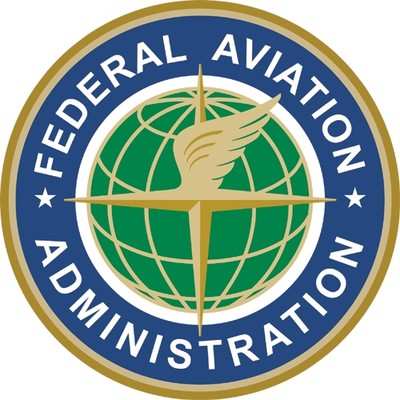Fri, Nov 22, 2013
Agency Calls On Industry To Prioritize Voluntary Actions To Improve Performance
At a meeting Thursday with commercial aviation safety leaders, FAA Administrator Michael Huerta called on the airline industry to work together to assess and prioritize voluntary actions to further improve pilot, flight attendant, and dispatcher training through a new joint government and industry steering group. “We are proud of our nation’s impressive aviation safety record, but we are always working to further strengthen aviation safety,” said U.S. Transportation Secretary Anthony Foxx. “We are encouraging the industry to continue to invest in voluntary programs that identify and target risk.”

The purpose of this group will be to collaboratively evaluate best practices from across the industry, review recommendations from previous FAA rulemaking advisory committees on training issues, and examine newly identified areas of risk in order to develop voluntary training guidelines for air carriers. The group’s work will build on the FAA’s new rules for commercial air carrier pilot training and qualifications.
“Recent FAA rules to increase pilot qualifications and improve training are major steps toward addressing the greatest known risk areas in pilot training,” Administrator Huerta said. “Recommendations by several working groups of aviation experts show that there are additional voluntary initiatives we can take to make air carrier training programs even more robust.”
Voluntary government and industry safety programs have a track record of success. These investments in safety enhancements to reduce fatality risks in U.S. commercial aviation have contributed significantly to the nation’s safety record. The work of the Commercial Aviation Safety Team (CAST), along with new aircraft, regulations, and other activities, reduced the fatality risk for commercial aviation in the United States by 83 percent from 1998 to 2008. CAST has evolved by moving beyond the “historic” approach of examining past accident data to a more proactive approach that focuses on detecting risk and implementing mitigation strategies before accidents or serious incidents occur.
In addition, commercial airlines are voluntarily implementing Safety Management Systems (SMS), a critical part of a successful safety culture. SMS gives operators a set of business processes and management tools to examine data from daily operations, isolate trends that may be precursors to incidents or accidents, and develop and carry out appropriate risk mitigation strategies. These systems are a formal approach to managing an organization’s safety through four key components – safety policy, safety risk management, safety assurance, and safety promotion.
Based on the success of the CAST model, the FAA will establish a joint government and industry Air Carrier Training Steering Group early next year to prioritize outstanding recommendations from a variety of sources including:
- Air Carrier Safety and Pilot Training Aviation Rulemaking Committee (ARC)
- Stick Pusher and Adverse Weather Event Training and Loss of Control and Recovery ARCs
- Training Hours Requirement Review ARC
- Performance-Based Aviation Rulemaking Committee (PARC) and Commercial Aviation Safety Team Flight Deck Automation Working Group report “Operational Use of Flight Path Management Systems.”
- The NTSB.
Administrator Huerta asked participants at today’s industry meeting to provide him with the top five focus areas to improve air carrier training. The new Air Carrier Training Steering Group -- composed of safety experts from the airlines, crew-member unions, government and the aviation community -- will consider these recommended focus areas as the first order of business when it convenes.
Since airline training evolves to address changes in operations and technology, the Steering Group and working groups will work on an ongoing basis for an undetermined time period. It will coordinate with the CAST as needed.
More News
Outboard Section Of The Right Wing And The Right Flap Separated In Flight And The Airplane Impacted A Farm Field Analysis: The pilot was approaching his destination airport under i>[...]
Final Approach Fix The fix from which the final approach (IFR) to an airport is executed and which identifies the beginning of the final approach segment. It is designated on Gover>[...]
"Our choice of when to respond, how to respond and on which targets to respond is a consideration that we make every time... Netanyahu also noted that anyone attacking Israel &ldqu>[...]
Estimated (EST) When used in NOTAMs “EST” is a contraction that is used by the issuing authority only when the condition is expected to return to service prior to the e>[...]
Aero Linx: Coalition of Airline Pilots Associations (CAPA) The Coalition of Airline Pilots Associations (CAPA) is the world’s largest pilot trade association representing ove>[...]
 NTSB Final Report: Cessna 177B
NTSB Final Report: Cessna 177B ANN's Daily Aero-Term (05.08.25): Final Approach Fix
ANN's Daily Aero-Term (05.08.25): Final Approach Fix Aero-News: Quote of the Day (05.08.25)
Aero-News: Quote of the Day (05.08.25) ANN's Daily Aero-Term (05.09.25): Estimated (EST)
ANN's Daily Aero-Term (05.09.25): Estimated (EST) ANN's Daily Aero-Linx (05.09.25)
ANN's Daily Aero-Linx (05.09.25)



